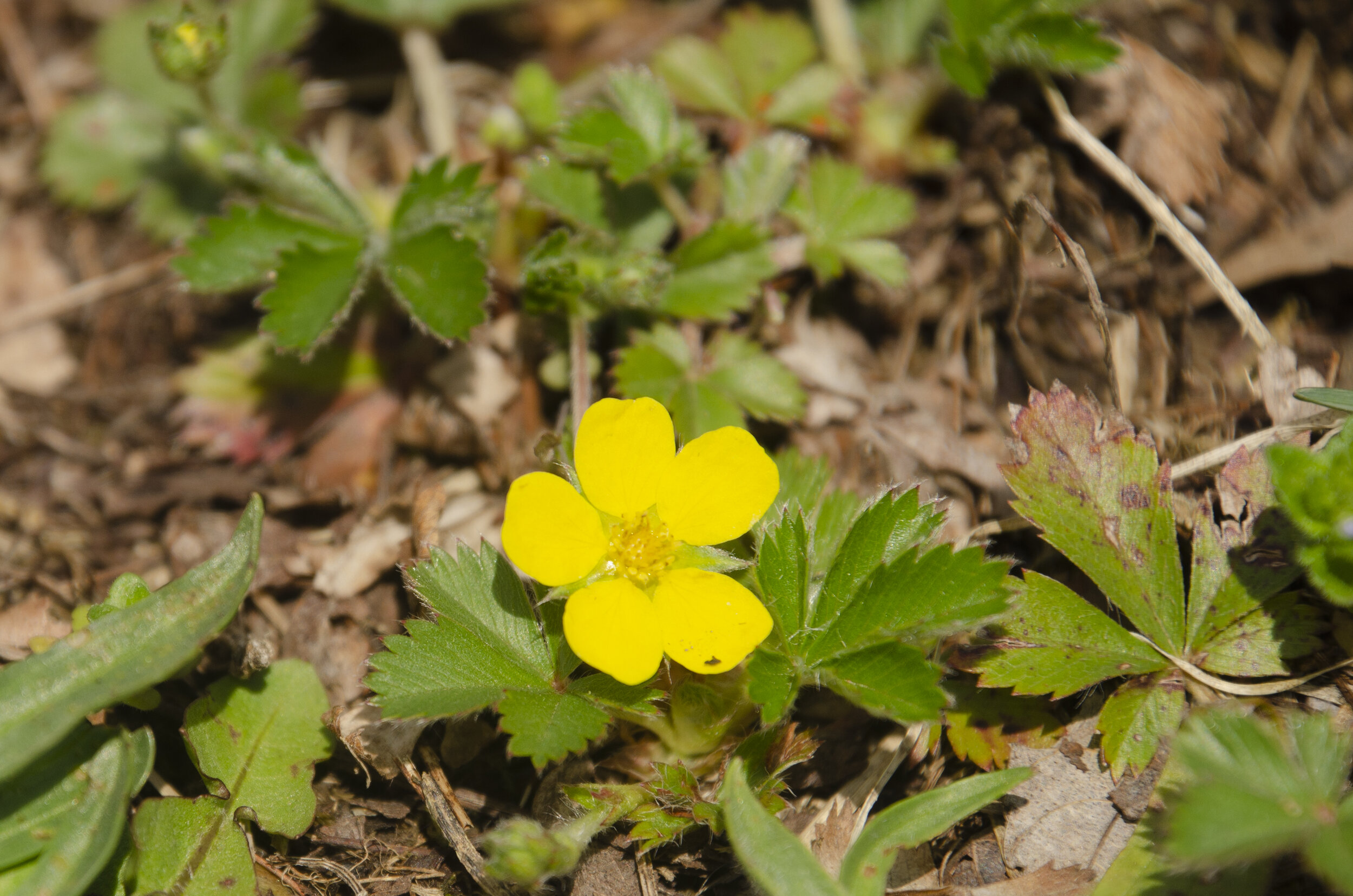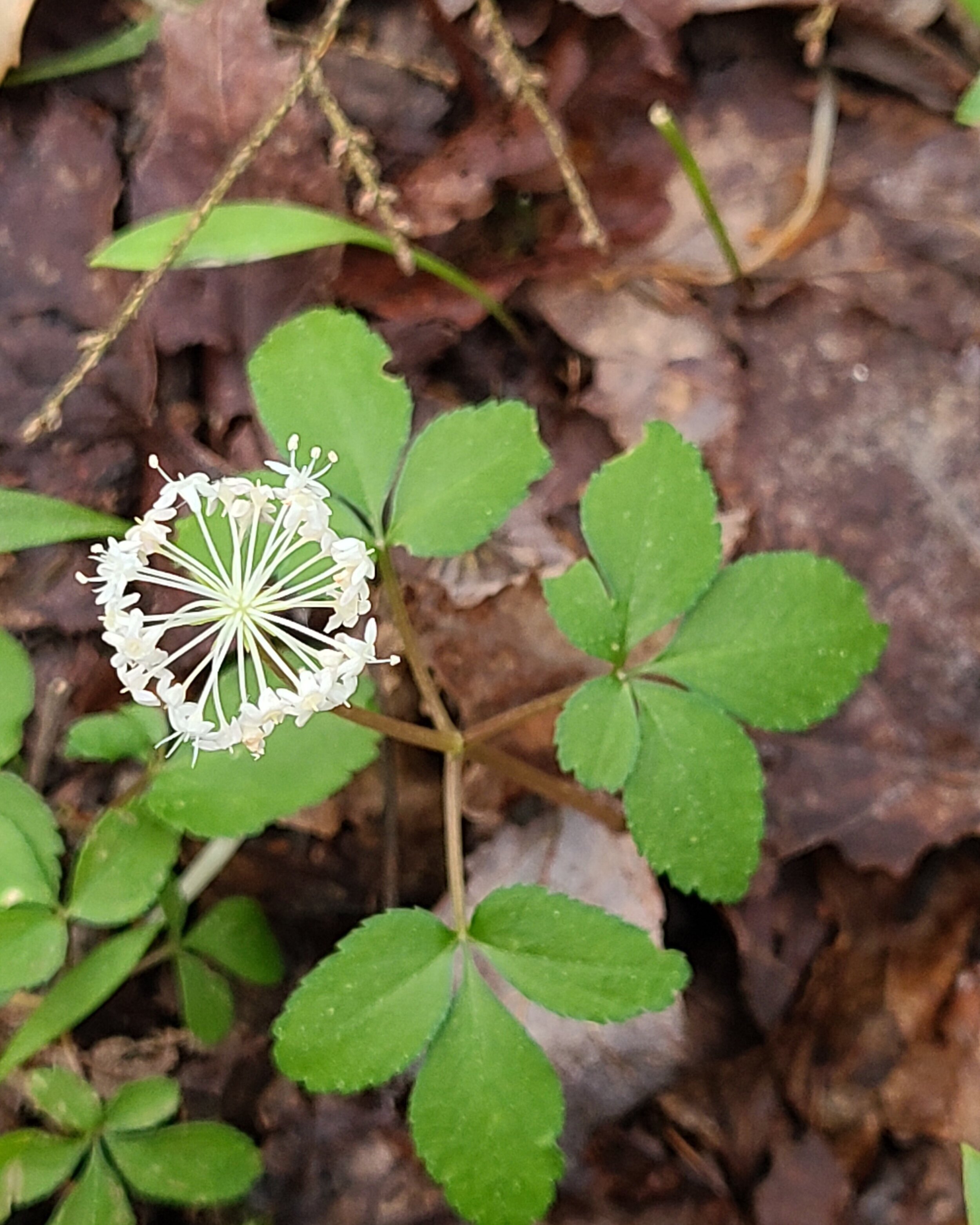Medicinals Plants
PICTURE CAPTIONS
There are 3 names under each picture:
Common name
Scientific name
Family name
The scientific name is followed by the name(s) of the person or persons who first published that name for the plant. For example, in the scientific name Acer rubric L., the “L.” stands for Linnaeus.

Calendula/ Calendula officinalis L./ ASTERACEAE/ Introduced maybe from Europe.

Black Raspberry/ Rubus occidentalis L./ ROSACEAE/ Native to eastern North America

Coltsfoot/ Tussilago farfara L. / ASTERACEAE/Introduced from Europe

White sagebrush/ Artemisia ludoviciana/ ASTERACEAE

Butterfly Weed/ Asclepias tuberosa L./ APOCYNACEAE/ Native to eastern and southwestern North America.

Motherwort/ Leonurus cardiaca L./ LAMIACEAE/ Introduced from Central Asia and southeastern Europe.

Peppermint/ Mentha x piperita L./ LAMIACEAE/Introduced

Mullein/ Verbascum thapsis L./ SCROPHULARIACEAE/Introduced from Europe

Bee Balm/ Monarda didyma L./ LAMIACEAE/ Native to eastern North America.

Rose/ Rosa sp./ ROSACEAE

Bloodroot/ Sanguinaria Canadensis L./ PAPAVERACEAE/ Native to eastern North America.

Dwarf Cinquefoil/ Potentilla canadensis L./ ROSACEAE/ Native to North America

Dwarf ginseng/ Panax trifolius L./ ARALIACEAE/ Native to the Northeastern and Appalachian regions of North America
References
Peterson Field Guide to Medicinal Plants and Herbs of Eastern and Central North America, Third Edition by Steven Foster and James A. Duke.
National Audubon Society Field Guide to North American Wildflowers--E: Eastern Region - Revised Edition by National Audubon Society.
Newcomb's Wildflower Guide by Lawrence Newcomb.
Wildflowers of Pennsylvania by Mary Jo Waywood, Phyllis Testal Monk.
